KPMG Trusted | Applications
Building stakeholder trust in applications transformation

In the era of artificial intelligence (AI)-enabled digital transformation, organizations frequently underestimate the significance of application security and controls. Consequently, this oversight has led to a notable increase in application-related audit findings, heightened risk exposure, internal fraud incidents, and missed opportunities for reducing the cost of compliance with automation.
Key risks associated with digital transformation
Business transformation:
Cybersecurity threats and fraud
- Expanded digital presence can cause increased exposure to cyberattacks and cyber fraud.
- Vulnerabilities in new technologies and applications can be exploited by malicious actors and fraudsters.
- Phishing, ransomware, and other cyber threats can disrupt business operations and lead to data breaches.
- Insufficient monitoring and detection mechanisms, without AI-enhanced threat detection and fraud prevention, can allow malicious activities to go unnoticed.
Technology integration and interoperability
- Difficulties in integrating new digital solutions with legacy systems.
- Lack of interoperability between different technologies can lead to inefficiencies and increased operational complexity.
- Fragmented data silos can arise, preventing seamless data flow and analytics. AI can facilitate better data integration and analytics across systems.
- High costs and resource requirements for customizing and maintaining integrations between disparate systems. AI-driven automation can reduce these costs and improve efficiency.
Technology transformation:
Data privacy and compliance
- Handling large volumes of sensitive data increases the risk of data breaches.
- Noncompliance with data protection regulations (e.g., GDPR, CCPA) can lead to hefty fines and legal consequences.
- Complexities may exist in how to manage data across different jurisdictions with varying regulations.Insufficient data encryption and access controls, which can be bolstered by AI-driven compliance checks, can result in unauthorized data access and loss of customer trust.
Operational disruptions
- Integration of new digital systems can cause disruptions in existing operations.
- Downtime or failures in critical systems can affect business continuity and service delivery.
- Lack of proper testing and validation of new systems can lead to unexpected failures and operational issues.
- Dependence on third-party vendors for digital solutions can create additional risks if they face outages or security breaches. AI can enhance predictive maintenance to foresee and prevent potential disruptions.
Change management and employee resistance
- Employees may resist changes due to fear of the unknown or lack of understanding.
- Inadequate change management processes can lead to decreased productivity and morale.
- There might be insufficient training and support for employees who need to adapt to new digital tools and processes.
- Misalignment between digital transformation goals and employee expectations can hinder successful adoption. AI can help personalize training programs to improve adoption rates.
Periodic evaluations / Program workstream
Proactive Trusted Application management strategy
To meet risk and compliance requirements effectively, we recommend implementing a proactive Trusted Application management strategy. This entails establishing a dedicated Trusted Application security and controls team with specialized expertise for conducting assessments at critical junctures during your implementation process. Additionally, leveraging AI-driven solutions can enhance these strategies by providing business-centric enablement, real-time monitoring, predictive analytics, and automated compliance checks to ensure robust security and control measures are in place.
Our KPMG Trusted Application approach
KPMG provides customized support tailored to your implementation journey. Whether your organization needs assistance in designing and implementing Trusted Applications or requires an independent review for timely challenge resolution and refinement of control designs, we are here to help. Our commitment is to assist you at every stage of your journey, leveraging our Trusted Application solutions to ensure robust risk and compliance management.
By focusing on risk and control considerations throughout the project lifecycle, you can address risks and redesign controls earlier, achieving cost savings and increased efficiency. KPMG has extensive experience collaborating with organizations during system implementations. We adopt a collective approach to enhance efficiencies for your transformation project.
Potential benefits
1
User empowerment and security balance
Achieves an effective balance between application user empowerment and security, ensuring users can fully exploit the application’s capabilities while the organization’s confidential data and vital operations remain meticulously protected.
2
Deepening insights
Enhances insights into financial reporting’s internal control impacts and ensures the integrity of underlying financial data.
3
Proactive issue identification
Quickly identifies potential audit/control issues and automated controls, thereby reducing
4
Streamlined audit planning
Keeps audit documentation updated with IT changes and new processes for streamlined audit planning and testing.
5
Timely issue resolution
Enables management to promptly address project and control issues, safeguarding project timelines and objectives
6
Cost-effective solutions
Identifies avenues for implementing more effective, cost-efficient automated application controls and highlights potential risks.
Dive into our thinking:
KPMG Trusted | Applications
Read moreExplore more


Making compliance a key element in a major utility’s transformation
Upgrading Sarbanes-Oxley (SOX) controls as part of an SAP-based customer service management implementation
No results found.
Oracle
Delivering meaningful transformations

KPMG & ServiceNow
Reimagining enterprise workflows with Trusted AI and ServiceNow innovation

Workday
Unified HCM and Finance solutions
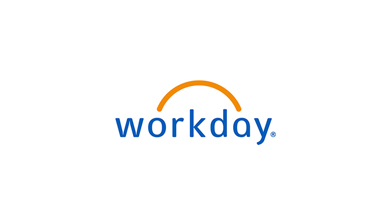
Fastpath
Next-Generation Separation of Duties
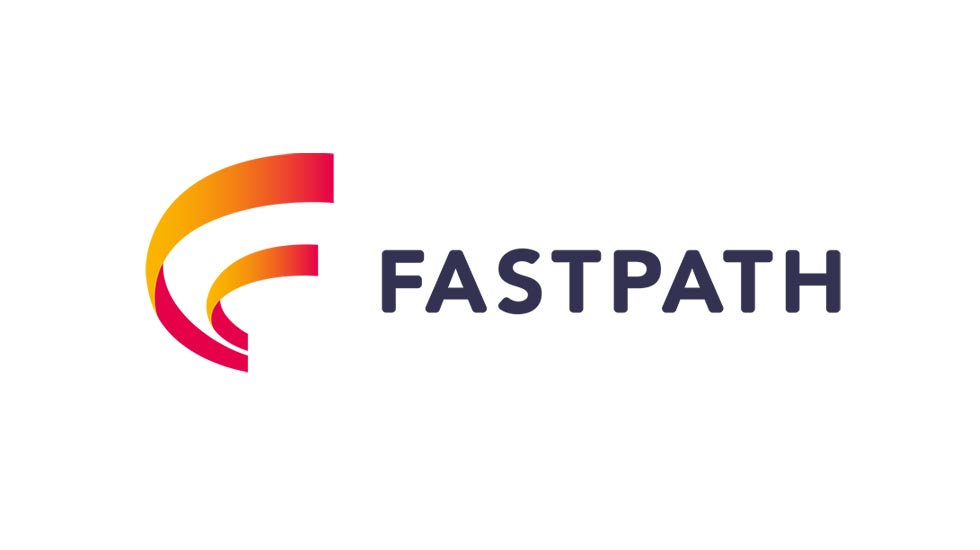
Celonis
Process Intelligence with KPMG and Celonis

Coupa
The KPMG alliance with Coupa enhances our ability to help clients transform their Total Spend Management processes
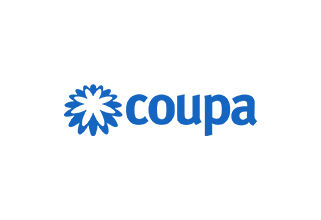
Salesforce
Connect to your customers with speed, scale, and intelligence
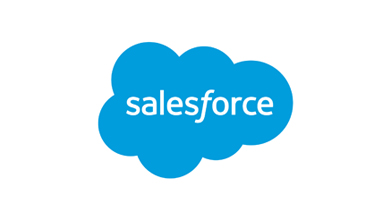
Workiva
Automation and integration of risk management and compliance programs
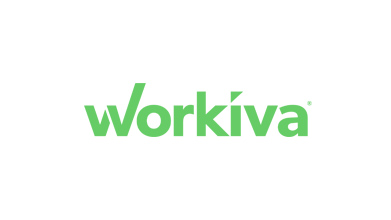
SAP
Business and technology transformation. KPMG speaks SAP.
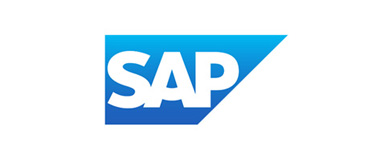
Meet our team

